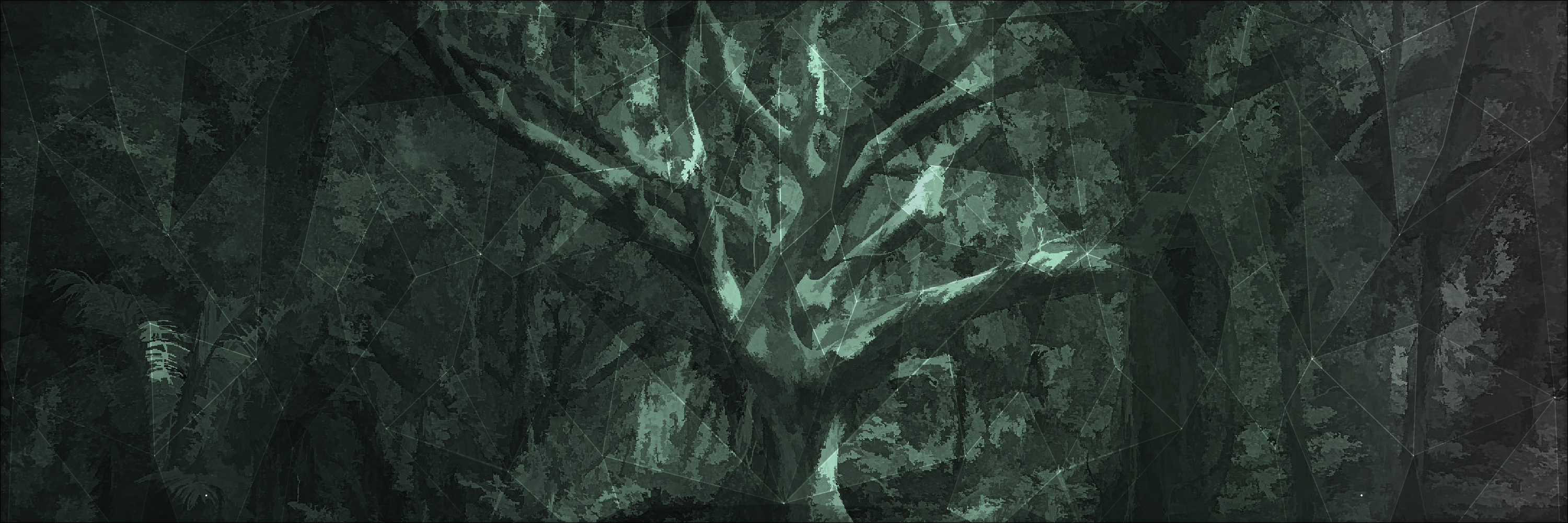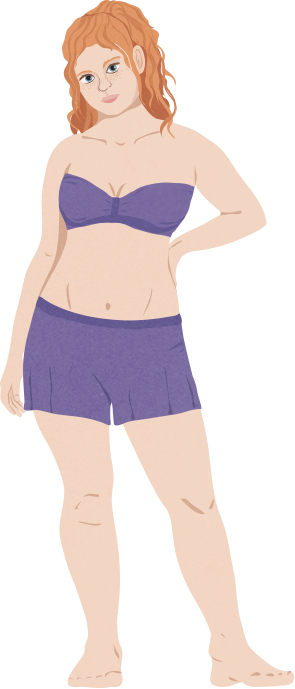

Overview
Halflings first appeared in Aedelor c. 5000 BDC and were created by the shattering of Sarasaamun. They stand between 2½' — 3½' and live up to 100 years. Halflings are usually Antillian, Coriani, Dalian, or Dalish.
They are known for their short stature, nimbleness, green thumbs, and affinity for food. Their unwillingness to cause trouble can lead to them being considered pushovers, and they are often overlooked and underestimated by other ancestries.
Halflings were created at the moment of the Shattering when shards large enough to create life, but too small to create humans, entered Aedelor. They are similar to humans in many ways, but their stature has led to discrimination and status as secondary citizens in many parts of the world throughout history. Despite this, they often maintain a cheery disposition, a positive outlook on life, and have endured and even flourished to present day.

Characteristics
Halflings are very similar to humans with most of the same variations, with the exception of a much more diminutive stature. A full-grown adult halfling is no taller than three and a half feet and can be as short as two and a half feet. Their skin tones range from light tan to dark brown, and their hair is brown, blonde, black, or red. Their eyes have blue, brown, grey, or green pupils. Halflings age at the same rate as humans, maturing in 15-20 years and living up to 100 years before succumbing to natural causes. Halflings will begin showing signs of old age at 60-70 years old with greying hair and wrinkled skin.
Halflings are curious by nature, and place high value on family and community. Through a combination of their nature and their history, halflings prefer out of the way places where they can make homes under rolling green hills. Their small form also makes them particularly nimble, and they use this to their advantage in whatever way they can.
Names and Language
Halfling names typically have more to do with their ethnicity rather than their ancestry. Most have a given name and a family name. They may also have a nickname that is either given or taken. "Halfling" is a name that derives from a mostly derogatory implication that they were half as valuable as a human. The term has persisted and halflings do not generally oppose it. Some halflings take pride in the name and origin, spinning it to have the positive meaning that a halfling can accomplish just as much as a human while only being "half."
Halflings are some of the most merry folk I've ever met. Just don't cross them or theirs and they'll be happy to serve you tea. — Merrell Farhand
Origins
Halfling kind was created at the dawn of Aedelor, along with both humans and giants. A very slim class of shards that were too insignificant to create humans, but still large enough to create life resulted in the humble halfling. There were significantly fewer shards that fell into this range than those that resulted in humans, meaning halflings have always been less populous than their taller siblings. While they were created across Aedelor in the same manner as humans were, the majority of them were in Odelia. Unfortunately, the violent and chaotic nature of early Aedelor led to many groups of halflings dying out. Some of halflings' greatest threats through history have been unintelligent giants who seek the same kinds of hills to call their homes as halflings do. Groups in Odelia, Coriani, and Lohikdal thrived under conditions there, often with the help of benevolent calissae or by keeping to themselves entirely. Some calissae were able to see the value in halflings' diminutive and friendly nature and nurtured them the same as they did humans. In the present day, halflings continue to thrive in areas that they've historically done well in. Despite this, they have mostly integrated into other societies, and hold very few noteworthy dominions of their own.
Halfling Characters
